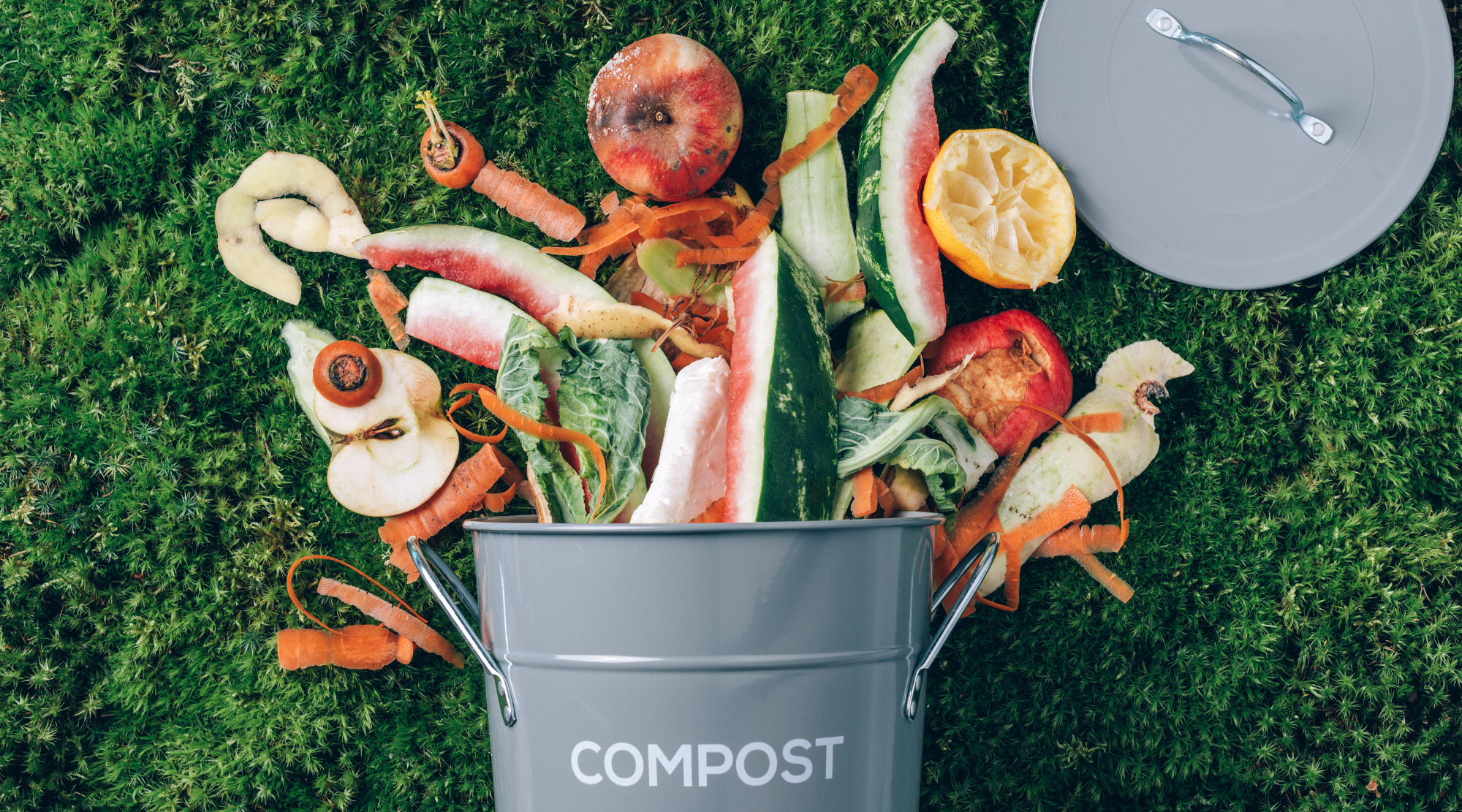Introduction
In today’s fast-paced urban environments, the need for a connection with nature is stronger than ever. Indoor plants offer city dwellers a chance to bring a touch of greenery into their homes, even when outdoor space is limited. But no matter how stunning your indoor garden looks, the secret to its success lies beneath the surface: in the soil. Healthy soil is the foundation of a thriving indoor garden, and it can be tricky to maintain, especially in an apartment or a small urban space.
In this comprehensive guide, we’ll explore how urban gardeners and apartment dwellers can maintain healthy soil for their indoor plants. From choosing the right soil mix to composting in small spaces, and even addressing common soil problems in an urban setting, this article will provide you with practical tips to ensure your plants flourish, no matter where you live. You don’t need a large backyard to have a green thumb—just a solid understanding of soil health.
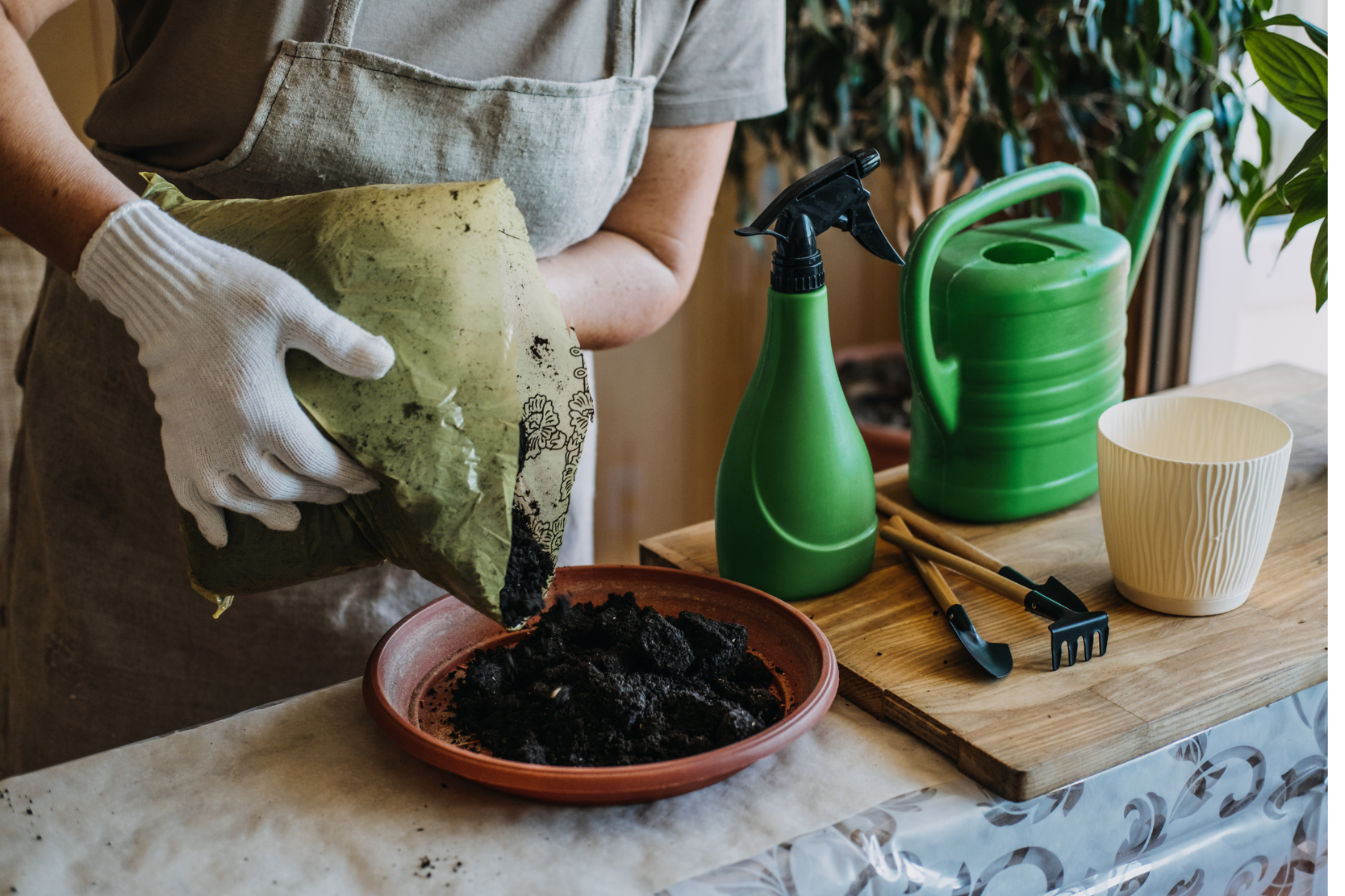
Understanding Soil Health in Urban Settings
Soil health refers to the soil’s ability to support plant growth by providing essential nutrients, retaining water, and fostering healthy microbial activity. For indoor plants, soil health is just as critical as it is for outdoor gardens, but the challenges are different. In urban environments, limited space, inconsistent lighting, and fluctuating temperatures can make it harder to maintain healthy soil. Unlike outdoor plants, which benefit from natural elements like rain and sunlight, indoor plants rely entirely on the gardener to provide the right conditions.
Healthy soil is alive with microorganisms, organic matter, and nutrients that help plants grow. However, indoor potting mixes are different from traditional garden soil. They are often composed of peat moss, perlite, vermiculite, and sometimes compost, designed to retain moisture while providing adequate drainage and aeration. But without natural processes like rainfall to flush out excess salts and replenish nutrients, indoor potting mixes need regular care and attention.
Choosing the Right Soil Mix for Indoor Plants
Not all soil is created equal, especially when it comes to indoor plants. A common mistake many apartment gardeners make is using outdoor garden soil for indoor plants. Garden soil is often too dense for indoor pots and may contain pests or diseases that can harm your plants. Instead, it’s essential to use a high-quality potting mix designed specifically for indoor gardening.
The ideal indoor plant potting mix typically contains:
- Peat moss: Helps retain moisture and provides a stable environment for root growth.
- Perlite or vermiculite: These are added to improve soil aeration and ensure good drainage, preventing the soil from becoming compacted.
- Compost or organic matter: Adds nutrients and improves soil structure.
For specific types of plants, you may need to customize the mix. Succulents, for example, prefer a sandy, well-draining mix, while tropical houseplants like ferns and philodendrons thrive in more moisture-retentive soil. Tailoring your potting mix to the needs of your plants is key to maintaining healthy soil in the long term.
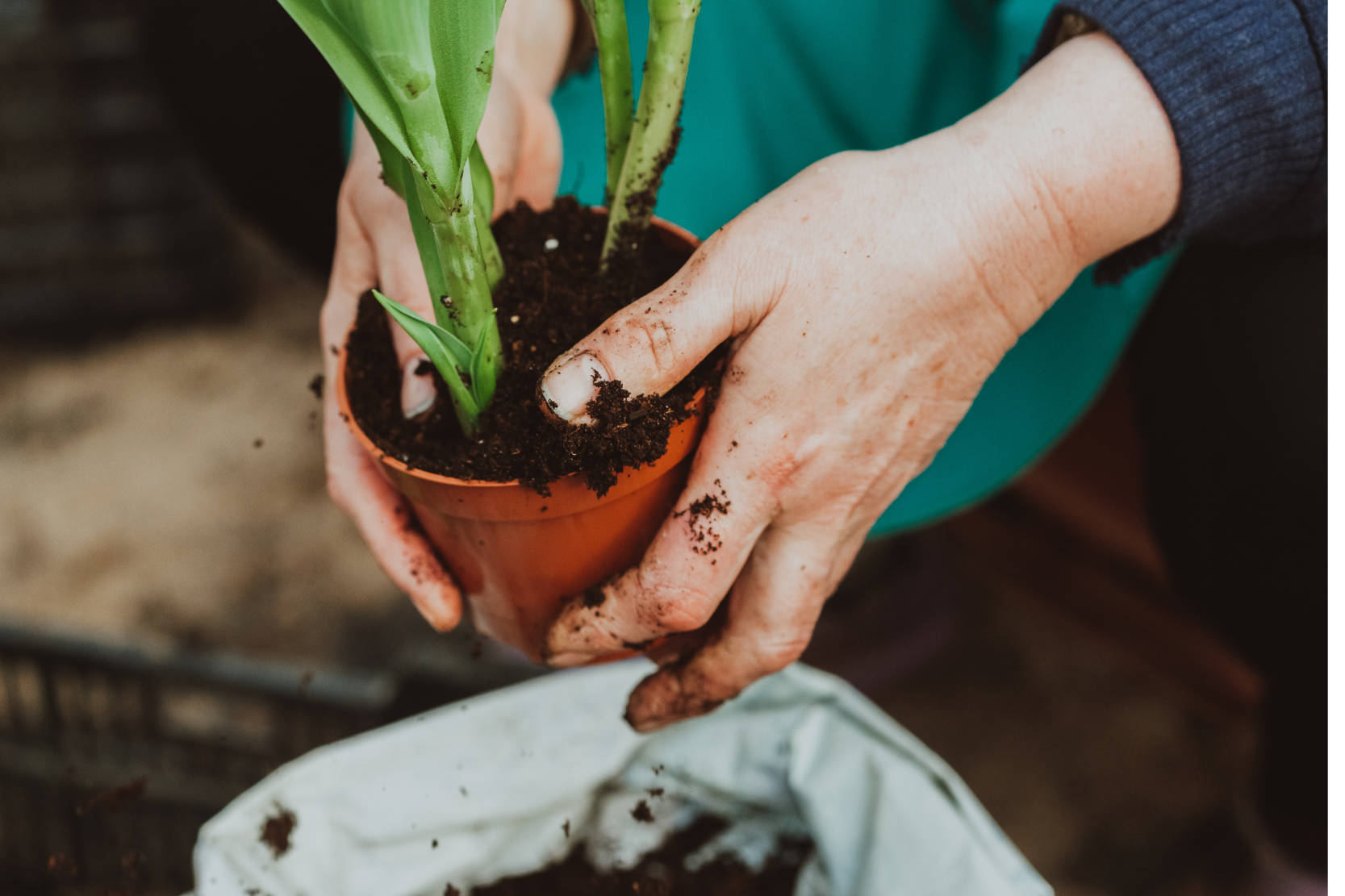
Common Soil Problems in Urban Apartments
Indoor gardening in small urban spaces presents unique challenges, especially when it comes to soil management. One of the most common problems is overwatering, which can lead to compacted, waterlogged soil that suffocates plant roots and promotes root rot. In contrast, underwatering can leave the soil dry and devoid of the moisture plants need to survive.
Here are some signs of unhealthy soil in your indoor garden:
- Yellowing or wilting leaves: This could indicate either overwatering (leading to root rot) or underwatering (causing dehydration).
- Stunted growth: If your plants aren’t growing as expected, the soil may lack essential nutrients or have poor drainage.
- A foul odor coming from the soil: A bad smell can signal that the soil is waterlogged and anaerobic bacteria are thriving, which can lead to root diseases.
- Soil that stays wet for days after watering or dries out too quickly: Either extreme is a sign that the soil composition isn’t balanced for proper moisture retention and drainage.
To avoid these problems, always use pots with drainage holes and monitor soil moisture regularly. Investing in a soil moisture meter is an excellent way to gauge when your plants need water, preventing the most common mistake—overwatering.
Composting in an Apartment: Is it Possible?
Composting in an apartment may sound challenging, but it’s entirely possible—and incredibly beneficial for soil health. Composting allows you to recycle kitchen scraps and organic waste into nutrient-rich compost that can enrich your indoor plants’ soil. Even in small urban spaces, you can adopt composting methods that suit your space and lifestyle.
Composting adds valuable organic matter to the soil, improving its structure, water retention, and nutrient content. For urban gardeners, this means you can maintain a sustainable, eco-friendly indoor garden while reducing food waste and reliance on synthetic fertilizers. Plus, composting is a great way to minimize your environmental footprint by sending less organic waste to landfills.
Step-by-Step Guide to Apartment Composting
There are several composting methods suitable for apartment living, including vermicomposting (using worms) and bokashi composting (a fermentation process). Here’s how to get started with both methods:
Vermicomposting
Vermicomposting uses worms to break down organic waste into nutrient-rich compost. It’s an ideal solution for apartment dwellers because it’s compact, efficient, and can be odor-free when done correctly. Here’s how you can set up a vermicomposting system in your apartment:
- Get a worm bin: Purchase or build a small, ventilated container to house your worms. Worm bins can be stored under a sink, in a closet, or even on a balcony.
- Prepare the bedding: Line the bottom of the bin with shredded newspaper or coconut coir. Add a little water to moisten it, but ensure it’s not too wet.
- Add worms: Red wigglers are the best worms for composting. They thrive in small spaces and quickly break down organic matter.
- Feed the worms: Add fruit and vegetable scraps (avoid citrus, meat, and dairy) to the bin. Bury the scraps under the bedding to prevent odors and pests.
- Harvest the compost: After a few months, the worms will produce rich worm castings, which you can mix into your indoor plant soil to improve fertility and structure.
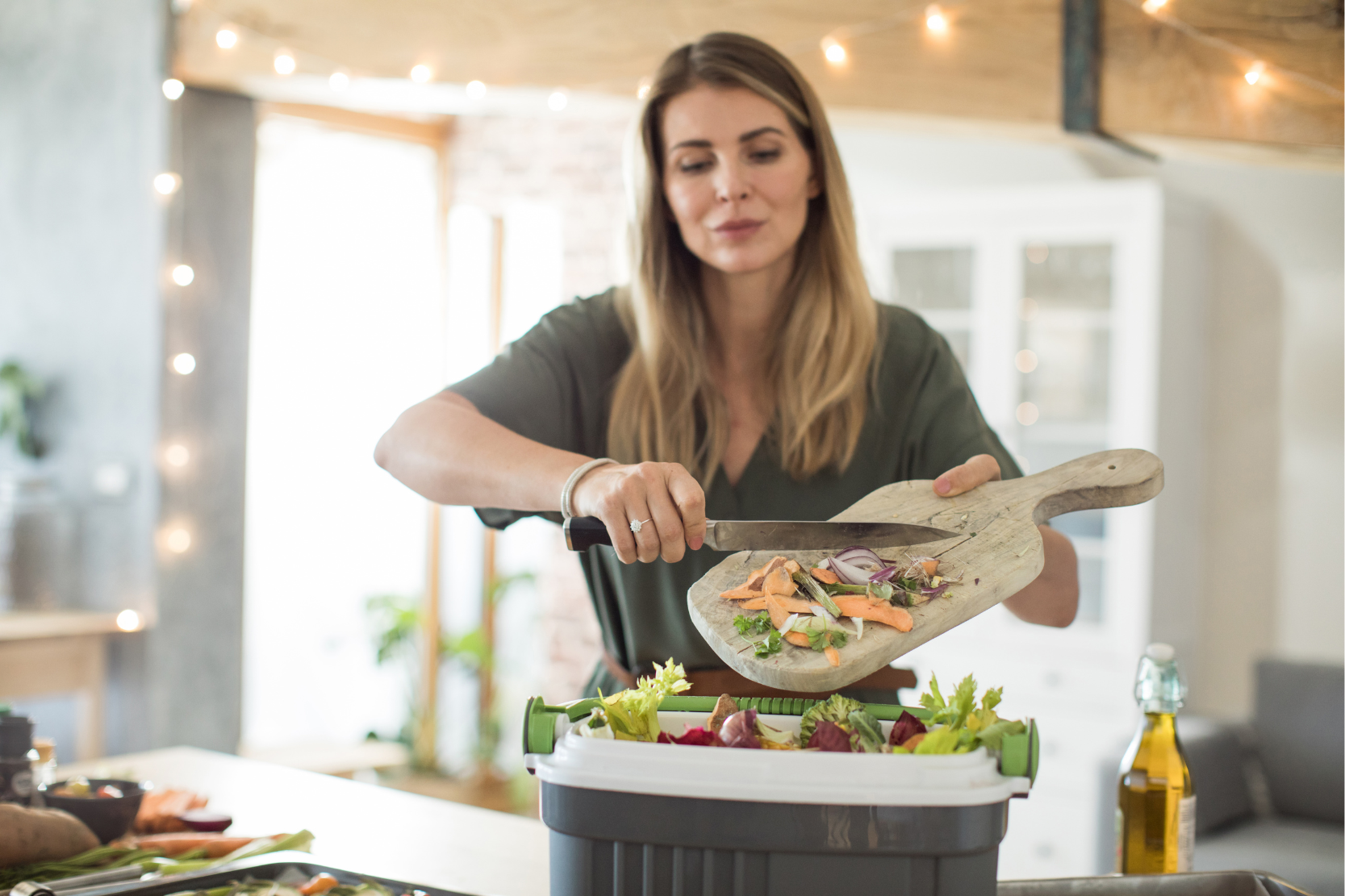
Bokashi Composting
Bokashi composting is another apartment-friendly option that uses fermentation to break down kitchen scraps. This method is unique because it can handle a wider variety of waste, including meat and dairy, without producing unpleasant odors. Here’s how to set up a bokashi system:
- Get a bokashi bin: Bokashi bins are airtight, which is essential for the fermentation process. These bins are compact and easy to store in an apartment.
- Add food scraps: Layer your kitchen scraps with bokashi bran (a mixture of beneficial microbes) inside the bin.
- Press down: After adding scraps, press them down to remove air, then seal the bin. Oxygen-free conditions are critical for fermentation.
- Let it ferment: After two weeks, the scraps will be broken down and ready to be buried in soil or added to a compost pile. This pre-compost can enrich the soil without needing a large outdoor composting area.
Both vermicomposting and bokashi composting are practical, low-maintenance ways to compost in small spaces and create high-quality compost that will keep your indoor plant soil healthy.
Balcony Gardens: Improving Soil Health in Small Urban Spaces
If you have access to a balcony, rooftop, or small outdoor space, container gardening offers a way to expand your urban garden. However, maintaining soil health in containers presents unique challenges. Container soil can degrade over time due to nutrient depletion, compaction, and exposure to the elements. To keep your balcony plants thriving, it’s important to replenish the soil’s nutrients and structure regularly.
Tips for Maintaining Soil Health in Balcony Containers
- Use high-quality potting soil: Start with a well-draining potting mix rather than garden soil, which can become too compact in containers.
- Re-pot regularly: Every 1-2 years, refresh the soil in your containers by re-potting your plants. This allows the roots more room to grow and restores nutrient levels.
- Top-dress with compost: Adding a layer of compost or organic matter to the top of your containers each growing season replenishes nutrients and improves soil structure.
- Fertilize organically: Use organic fertilizers like compost tea, fish emulsion, or seaweed extract to boost soil fertility without depleting soil quality over time.
Urban pollutants can affect the health of balcony gardens, especially when growing edible plants. To ensure soil safety, use fresh potting soil or raised beds, and test the soil periodically for contaminants.

Sustainable Soil Care in Urban Life
Maintaining healthy soil in an urban environment doesn’t require chemical fertilizers or expensive tools. There are many sustainable, eco-friendly methods to keep your indoor and balcony garden soil rich and fertile.
Reusing Soil
If you’re looking to save money, reusing potting soil is an option. However, over time, potting soil can become compacted, lose nutrients, and harbor pathogens. To reuse soil effectively, you’ll need to refresh it by adding organic matter, such as compost or worm castings, and aerating it to improve drainage. Additionally, consider rotating plants or using crop rotation techniques to prevent soil exhaustion.
DIY Soil Boosters
You can easily boost your soil with simple household items:
- Eggshells: Crush them and add to the soil to increase calcium levels, which supports plant growth.
- Coffee grounds: Add used coffee grounds to the soil for a slow-release nitrogen boost. They also improve drainage and attract beneficial earthworms.
- Banana peels: Bury banana peels in the soil to release potassium as they decompose, which helps strengthen plant stems and improve overall plant health.
These DIY boosters are easy to incorporate into your routine and help keep your indoor plant soil nutrient-rich without relying on chemical fertilizers.

Watering Practices for Indoor Plants and Soil Health
Watering practices play a crucial role in maintaining soil health, especially for indoor plants. Overwatering is one of the most common mistakes, leading to waterlogged soil and root rot. Underwatering, on the other hand, can cause soil to dry out and become compacted, making it harder for roots to absorb water and nutrients.
Here are some tips for watering indoor plants to support healthy soil:
- Water deeply but infrequently: Watering deeply encourages plants to develop strong, deep roots. Allow the soil to dry out between waterings to prevent overwatering.
- Use self-watering pots: These pots provide a consistent supply of water to plants without the risk of overwatering. They’re especially helpful for busy urban gardeners.
- Ensure good drainage: Always use pots with drainage holes, and consider adding a layer of gravel or pebbles to the bottom of the pot to improve drainage.
Maintaining Soil Health in Low-Light Apartments
Indoor plants in low-light conditions grow more slowly and have different water and nutrient needs compared to plants in bright, sunny environments. Slower growth means the soil retains moisture and nutrients longer, which can lead to nutrient imbalances or waterlogged soil if not managed properly.
Here are some soil care tips for low-light apartments:
- Use a well-draining potting mix to prevent water from sitting in the soil for too long.
- Monitor soil moisture carefully, as low-light plants require less water than those in brighter conditions.
- Fertilize sparingly, using organic fertilizers every 3-6 months to prevent nutrient buildup in the soil.
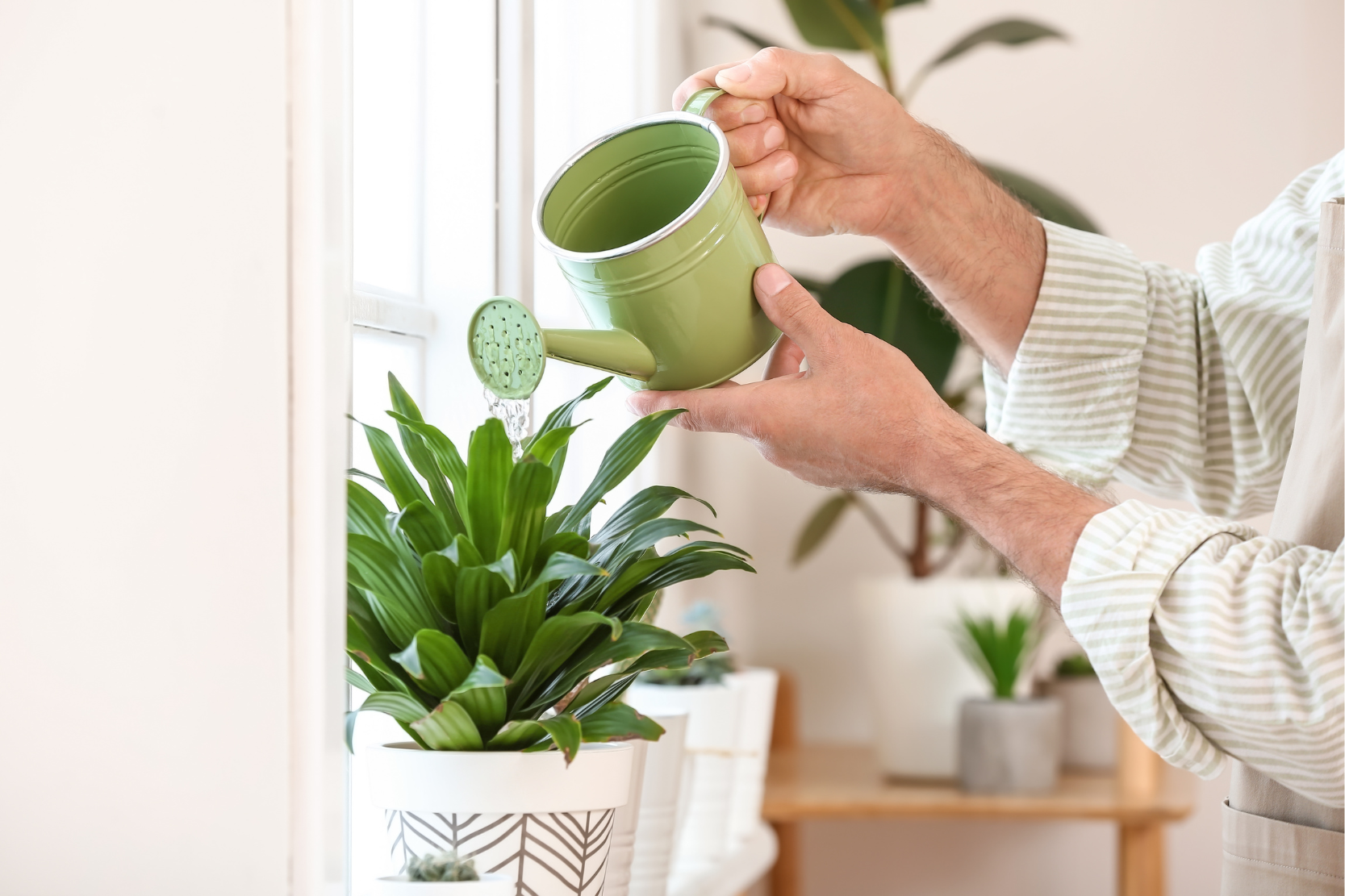
Indoor Plant Fertilization for Urban Gardeners
Even with healthy soil, indoor plants need regular fertilization to replenish the nutrients they use up over time. Urban gardeners can use organic fertilizers like compost tea, liquid seaweed, or fish emulsion to nourish their indoor plants without harming soil health.
Fertilizing Tips for Indoor Plants:
- Apply during the growing season: Most indoor plants benefit from fertilization during the spring and summer when they are actively growing.
- Use slow-release fertilizers: These fertilizers gradually release nutrients, ensuring a steady supply without overwhelming the soil.
- Avoid over-fertilizing: Over-fertilization can lead to nutrient buildup and damage plant roots. Always follow the recommended guidelines on your fertilizer label.
Conclusion
Maintaining soil health for indoor plants in urban settings is achievable with the right care and sustainable practices. From choosing the right potting mix to composting in small spaces and reusing soil, city dwellers can nurture thriving plants even in the most compact environments.
By focusing on soil health, urban gardeners can ensure their indoor and balcony gardens remain vibrant and productive, creating a little oasis of greenery in the heart of the city. With the right balance of composting, organic fertilization, and attentive watering, your urban garden can flourish just like a traditional one.
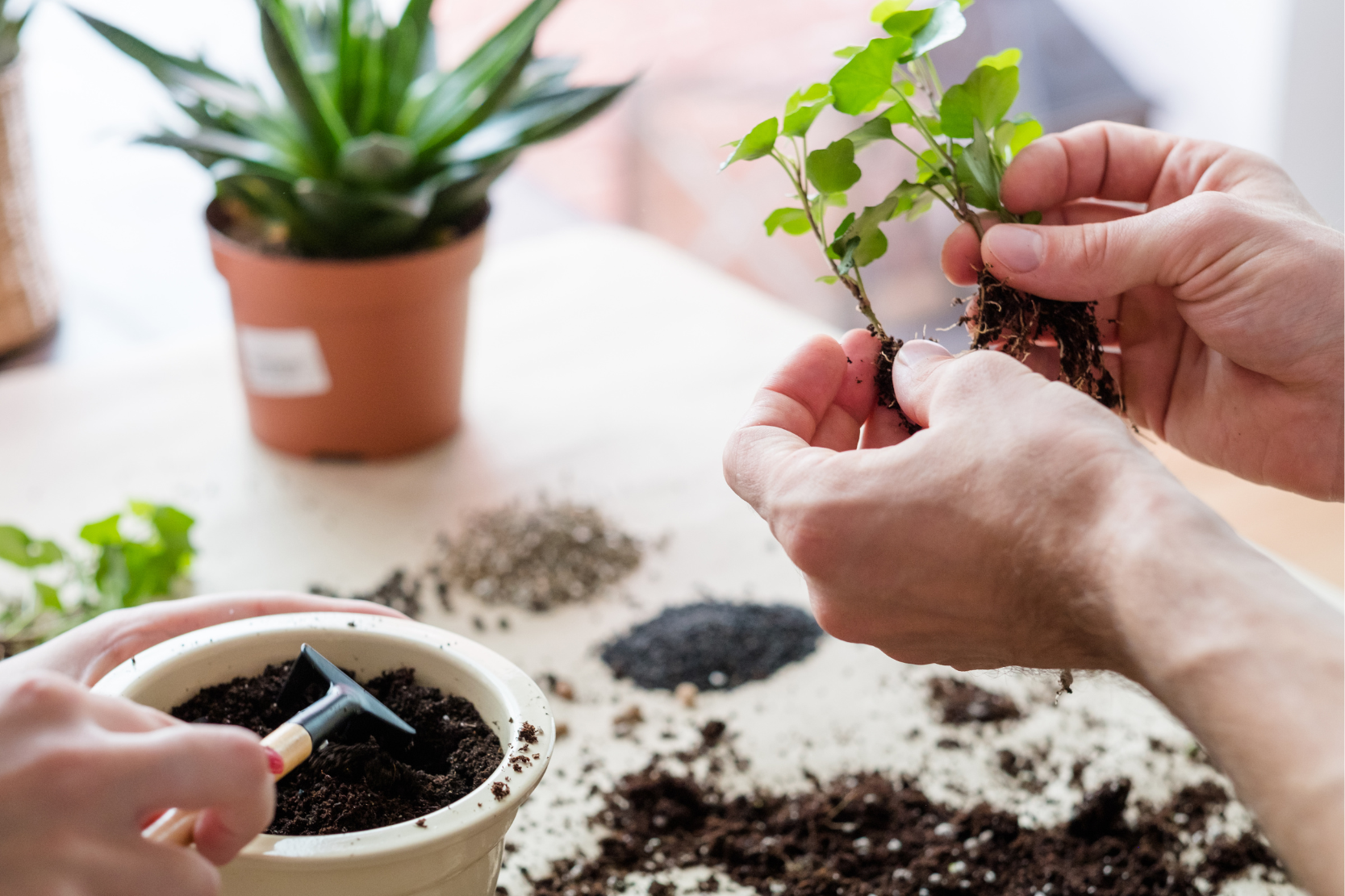
FAQs
1. Can I compost indoors without worms?
Yes, you can use methods like bokashi composting, which doesn’t require worms. Bokashi composting is an anaerobic fermentation process that breaks down food scraps using beneficial microbes.
2. How often should I replace potting soil for my indoor plants?
It’s a good idea to replace or refresh the potting soil every 1-2 years. You can also top-dress the soil with compost or organic matter to replenish nutrients without fully replacing the soil.
3. Can I use garden soil for indoor plants?
No, garden soil is too dense and may contain pests or diseases. It’s better to use a potting mix specifically formulated for indoor plants, as it offers better drainage and aeration.
4. What are some common signs that indoor plant soil needs fertilizing?
Common signs include yellowing leaves, slow growth, and poor flowering. If you notice any of these symptoms, it may be time to add a balanced, organic fertilizer to your plants’ soil.
5. How can I ensure good drainage in my pots?
Always use pots with drainage holes, and add a layer of gravel or pebbles at the bottom of the pot before adding soil. This helps prevent water from accumulating at the bottom of the container.










